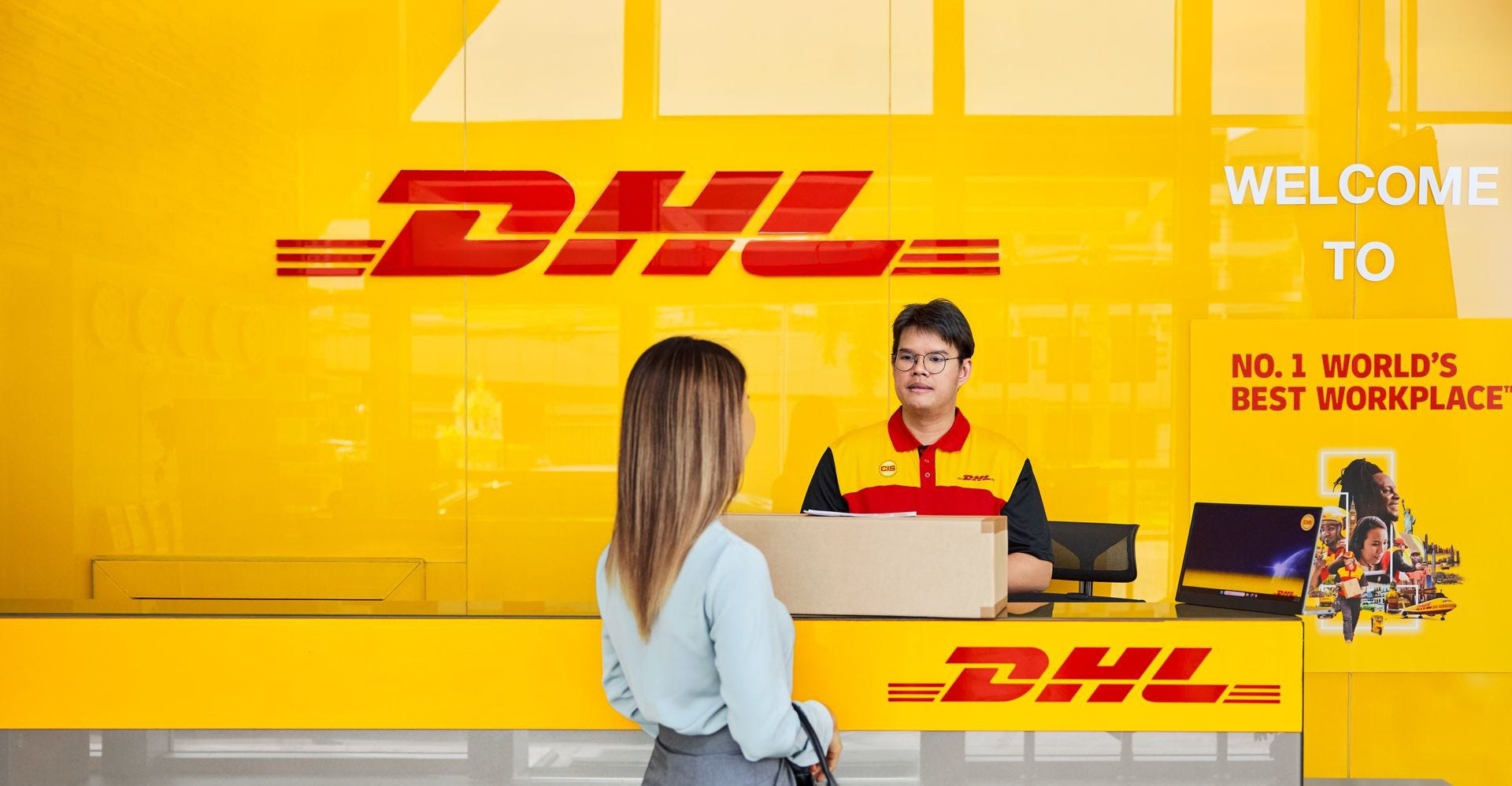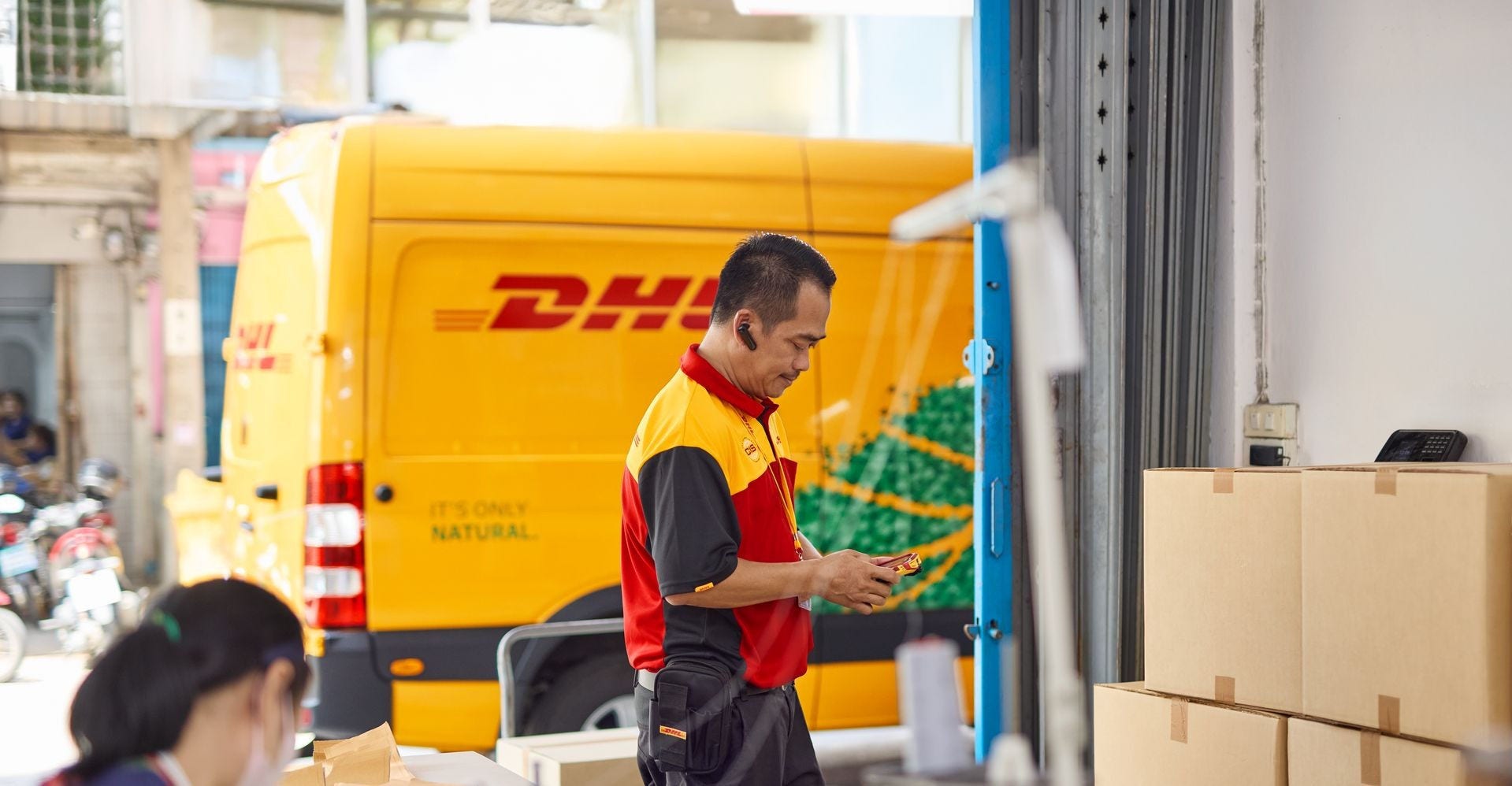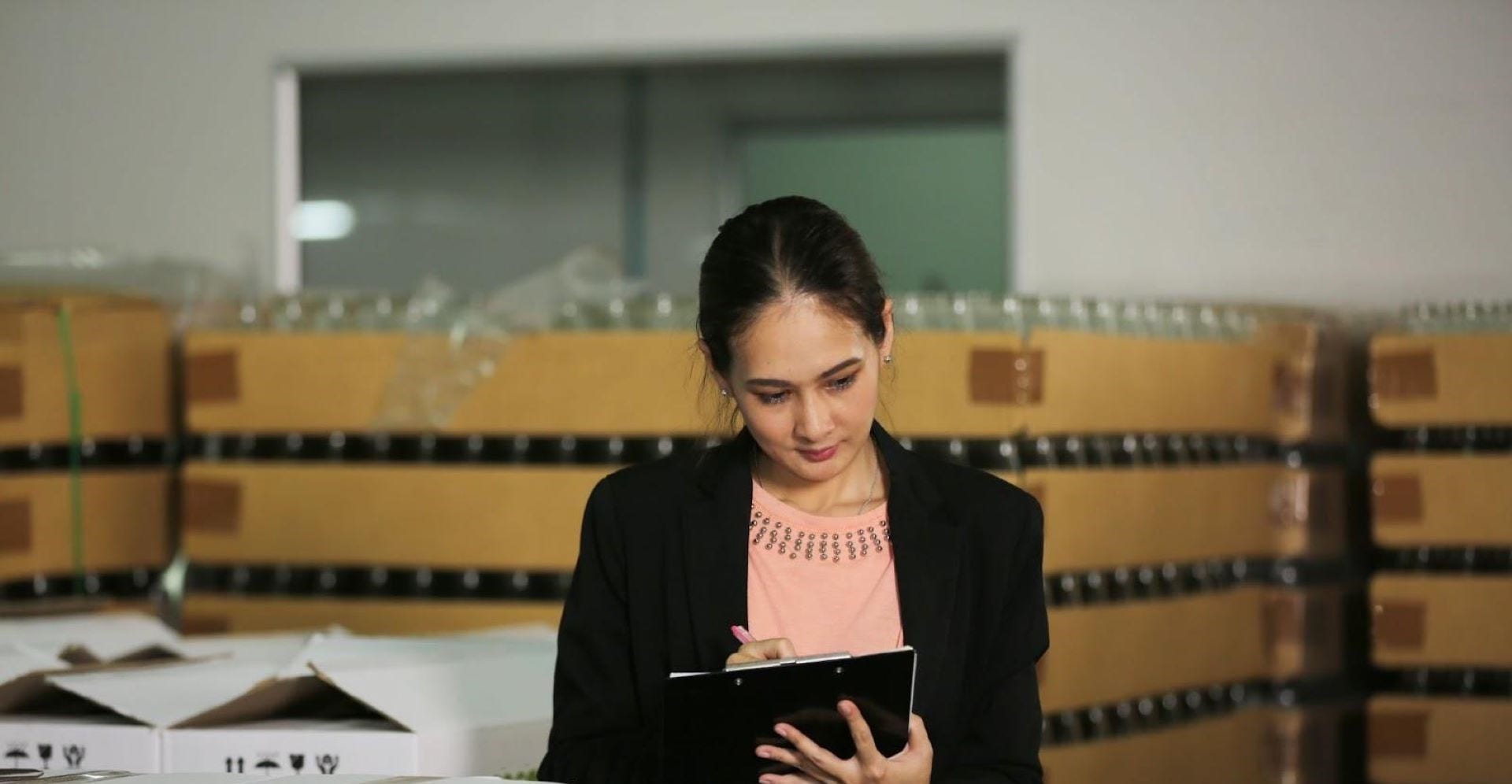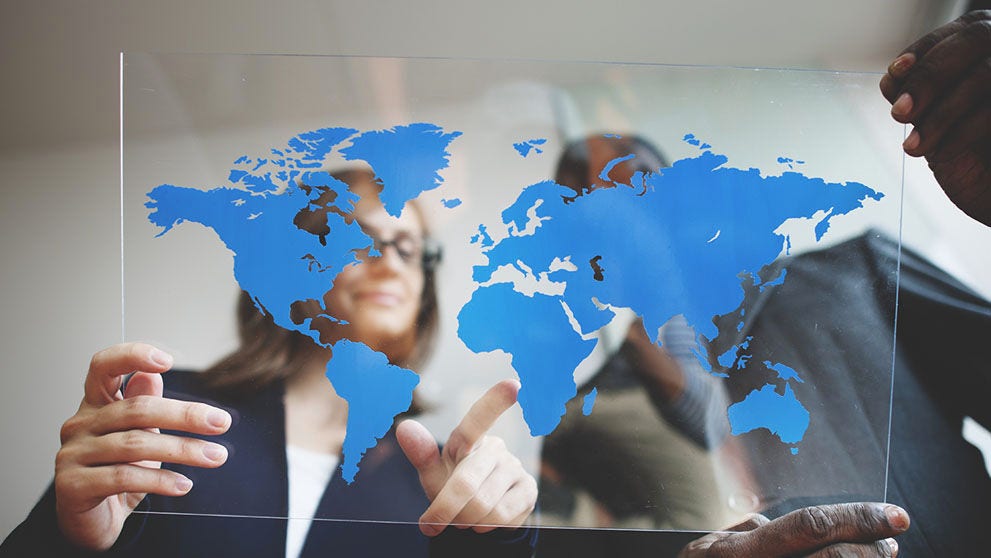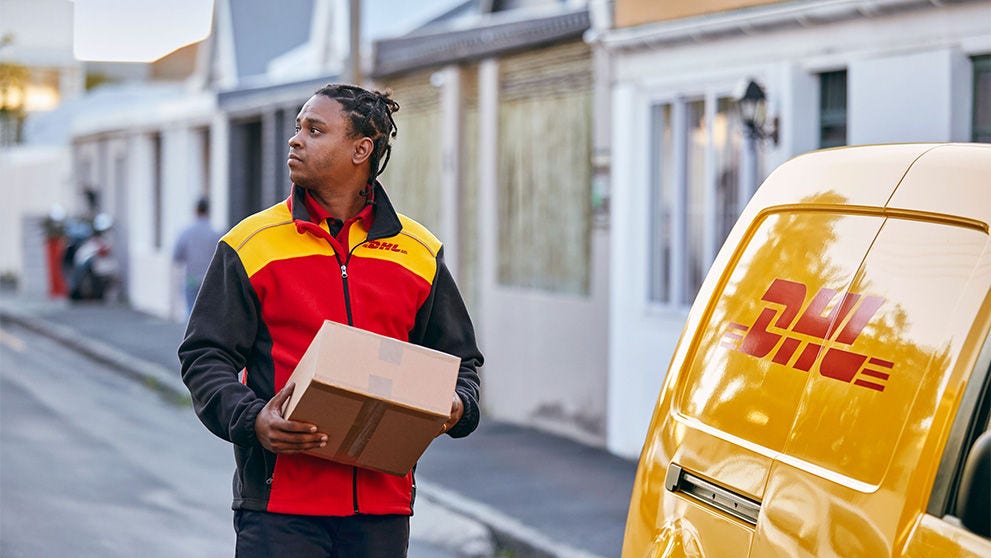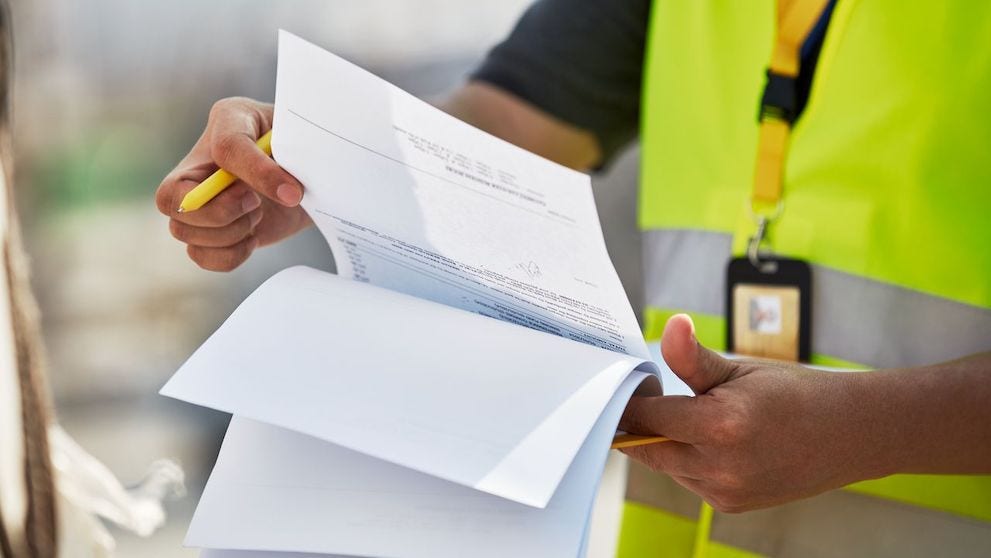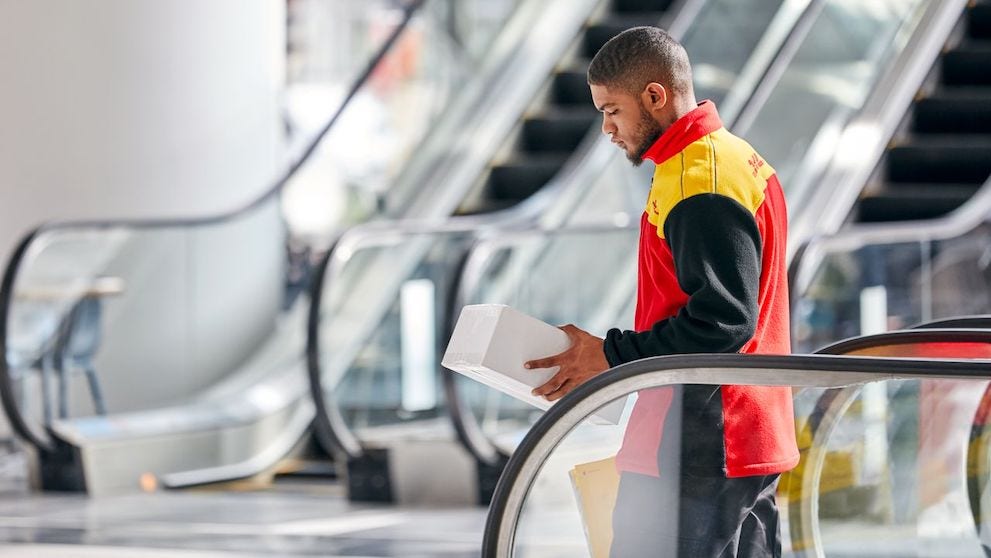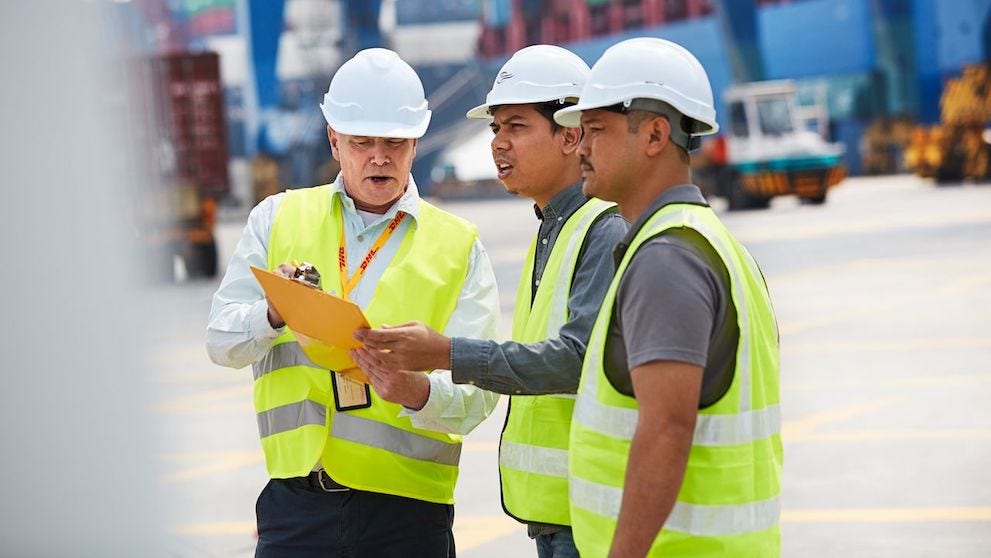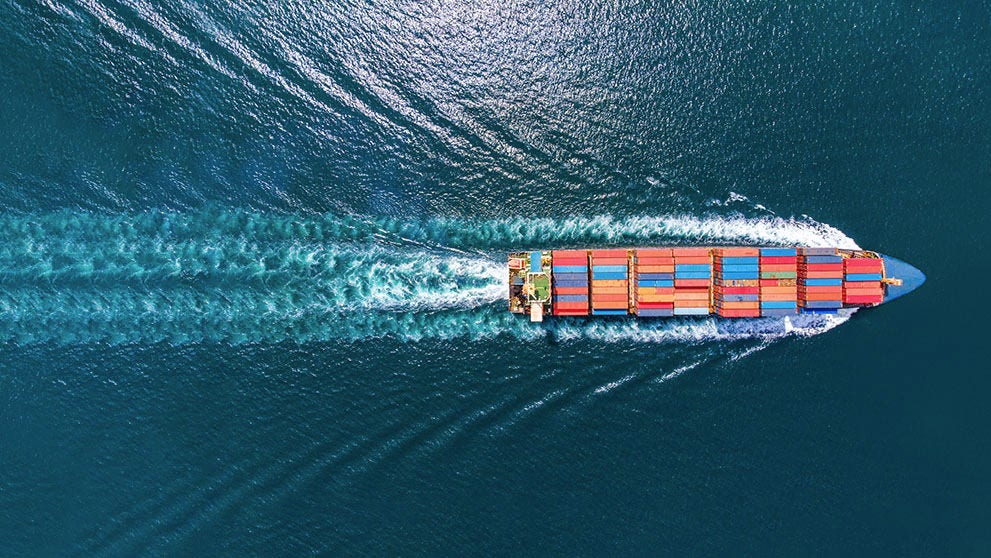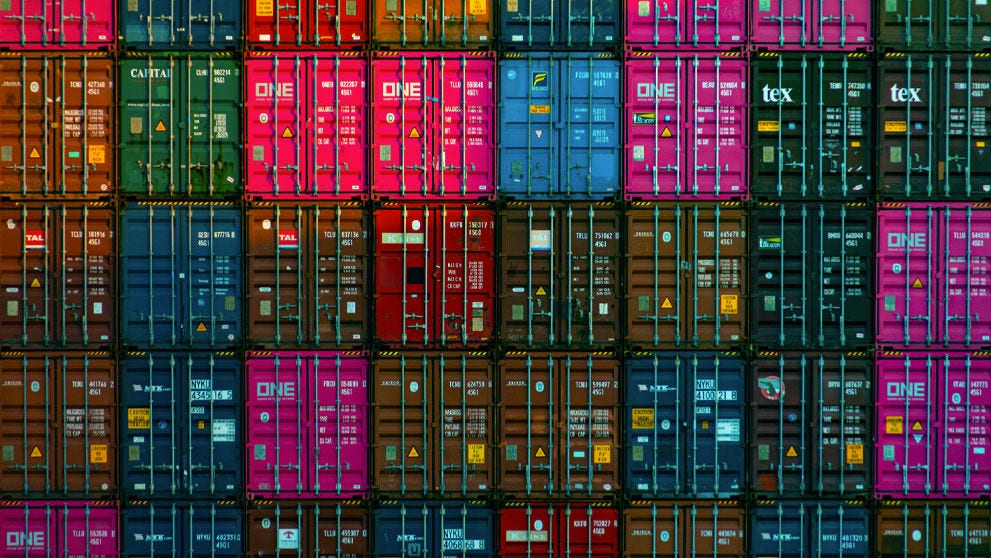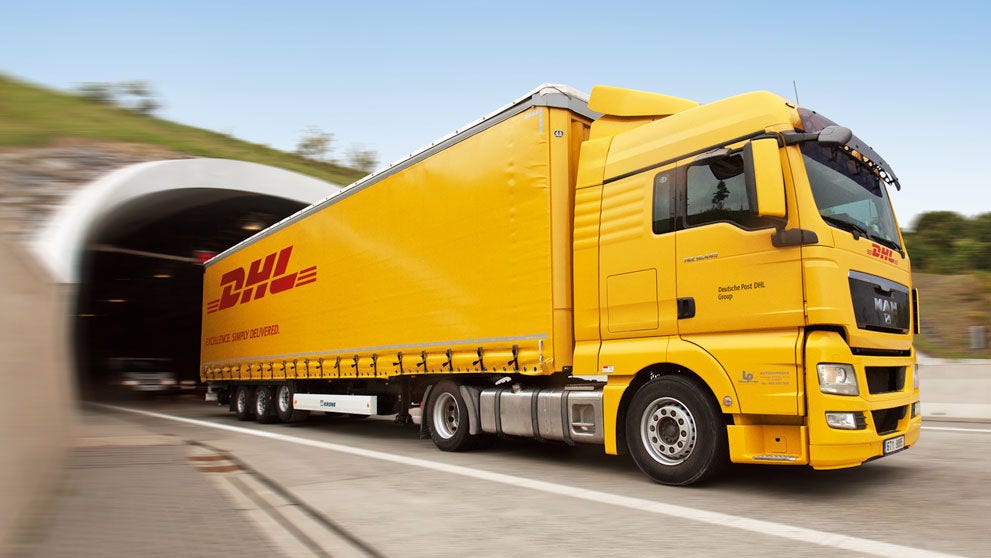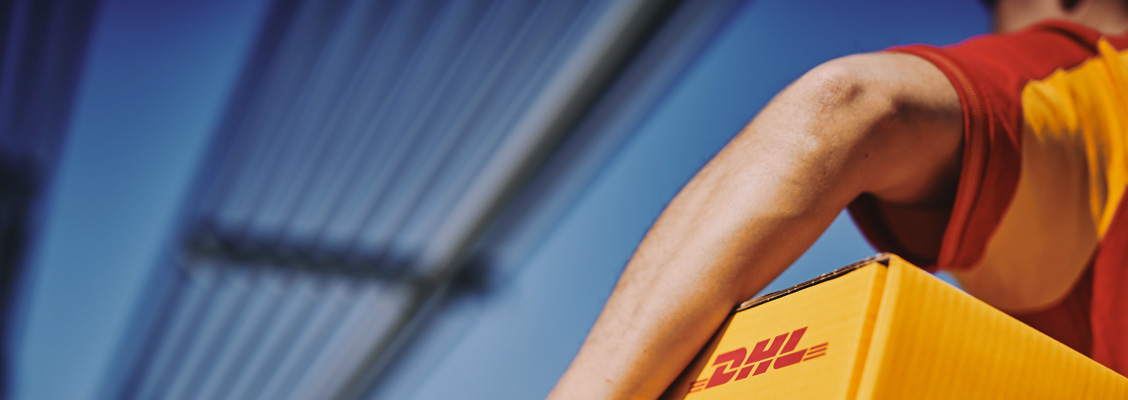
For businesses importing goods into the Philippines, understanding duties and taxes is essential, as they determine your landed cost and directly affect your pricing, profit margins, and competitiveness.
Whether you’re a local SME expanding your product catalog or an international brand shipping to the Philippines, import taxes, VAT, and customs duties can significantly impact your bottom line.
Understanding import duties in the Philippines
Import duties are taxes levied by the Philippine government on goods entering the country. In the Philippines, these import duties are primarily regulated under the Customs Modernization and Tariff Act (CMTA) and administered by the Bureau of Customs (BOC).
How Are duties and landed cost calculated?
Total Landed Cost = Total Dutiable Value (in PHP) + Customs Duty + Excise Tax (if applicable) + Brokerage Fee + Import Processing Charge + Customs Documentary Stamp + BIR Documentary Stamp Tax
Once you’ve calculated your total landed cost of your imported goods, Value-Added Tax (VAT) is applied at 12% of that amount:
VAT = 12% × Total Landed Cost
Meanwhile, customs duty is determined by multiplying the total dutiable value by the rate of duty applicable to the product’s tariff classification:
Customs Duty = Total Dutiable Value × Rate of Duty
These computations help importers accurately anticipate expenses, ensuring proper pricing and compliance with Philippine customs regulations.1
Harmonized System (HS) codes and classification
Products being imported into the Philippines are required to be classified correctly using HS Codes, which is a globally recognized standardized system used to identify traded goods. Accurate HS codes are essential for determining the correct customs charges, as each code corresponds to a certain tariff rate and regulatory requirement.2
Like other Association of Southeast Asian Nations (ASEAN) member states, the Philippines uses the ASEAN Harmonized Tariff Nomenclature (AHTN). Unlike the standard HS that uses only 6-digit codes, the AHTN uses an eight-digit HS-based commodity nomenclature.
How to find the correct HS code
There are many ways you can search for your item’s HS code, including:
- Refer to the Tariff Commission’s tariff finder available online.
- Consult with a customs broker or logistics provider to identify the appropriate HS codes. If you plan to ship with DHL Express, you can easily find your shipment’s HS code through MyGTS.
- Check the HS codes on past import documents if you’ve shipped similar goods before.
Remember, misclassification of HS codes can lead to incorrect duty assessments, delays in customs clearance in the Philippines, or even penalties, so it pays to get this right from the start.

Free Trade Agreements and tariff reductions
The Philippines is a signatory to multiple Free Trade Agreements (FTAs), both independently and as a member of ASEAN. These agreements are designed to promote regional and international trade by reducing or eliminating tariffs, making it more cost-effective for businesses to import and export goods.
Some of the key Free Trade Agreements involving the Philippines include:
1. ASEAN Free Trade Area
Most of Southeast Asia is now part of a free trade area. Under the Common Effective Preferential Tariff (CEPT) scheme, the first six ASEAN signatories have reduced tariffs on intra-regional trade to no more than 5% for almost all products in the Inclusion List or eliminated them entirely. This has simplified cross-border trade for businesses operating within the ASEAN region, covering over 96% of all ASEAN trade.3
2. Philippines–Korea Free Trade Agreement (PHL-KR FTA)
Enacted on 31 December 2024, this agreement allows the Philippines and South Korea to eliminate or reduce customs duties on goods originating from either country, according to their respective tariff schedules under Annex 2-A of the FTA. This enables new opportunities for importers and exporters trading between the two countries.4
3. ASEAN–Australia–New Zealand Free Trade Agreement (AANZFTA)
Under this comprehensive agreement covering ASEAN, Australia, and New Zealand, tariffs are progressively reduced from the date of entry into force and will be eliminated for at least 90% of all tariff lines within specified timelines. This, in turn, facilitates smoother trade flows and lowers costs for businesses in the region.5
4. ASEAN–China Free Trade Agreement (ACFTA)
Signed in November 2004 and revised in 2006 and 2010, ACFTA provides for tariff reduction and elimination through two tracks: the Normal Track and Sensitive Track. For the Normal Track, all tariffs have been eliminated by ASEAN-6 countries (Brunei, Indonesia, Malaysia, the Philippines, Singapore, and Thailand) and China since 1 January 2012. Cambodia, Lao PDR, Myanmar, and Vietnam were given until 1 January 2015, with flexibility to eliminate tariffs on up to 250 products by 1 January 2018.6
5. ASEAN–Hong Kong, China Free Trade Agreement (AHKFTA)
Signed on 12 November 2017 during the 31st ASEAN Summit in Manila, this agreement allows ASEAN member states to eliminate or reduce customs duties on goods originating from Hong Kong, China. Covered commodities include jewelry, apparel and accessories, watches and clocks, and toys, giving importers opportunities for cost savings when trading with Hong Kong.7
6. ASEAN–India Free Trade Agreement (AIFTA)
Effective 1 January 2010, the ASEAN–India Trade in Goods Agreement allows ASEAN member states and India to progressively reduce and eliminate duties on approximately 76.4% of covered goods. This FTA has expanded market access for importers and exporters while encouraging regional trade between ASEAN countries and India.8
To take advantage of these preferential tariff rates, importers must typically secure a Certificate of Origin (CO), which certifies that their goods originate from an FTA member country.
If you’re navigating international shipping or looking to leverage FTAs effectively, partnering with an experienced logistics provider like DHL Express can make the process much easier. DHL Express offers expert customs and trade advisory services, helping businesses understand eligibility requirements, prepare the necessary documentation, and maximize the benefits of the Philippines’ various free trade agreements.
Common challenges for Philippine importers
While importing goods into the Philippines offers many opportunities, it also presents unique challenges. From customs clearance compliance to documentation requirements, even small oversights can lead to costly delays or unexpected expenses.
Common challenges faced by Philippine importers include:
- Misclassification of goods resulting in overpayment of duties, incorrect taxes, or customs delays.
- Incomplete or inconsistent documentation, such as missing invoices, incorrect packing lists, or inaccurate HS codes, leading to shipment holds.
- Unexpected customs fees or penalties due to valuation disputes or non-compliance with import regulations.
- Lengthy and complex customs procedures that impact e-commerce delivery timelines and customer satisfaction.
- Rising landed costs, influenced by fluctuating exchange rates, global freight surcharges, and additional administrative fees.
- Limited visibility and tracking, particularly for smaller importers unfamiliar with the customs clearance process.
Best practices to manage duties and taxes
To ensure an efficient customs clearance process, businesses should adopt the following best practices:
1. Calculate landed costs in advance
Before shipping, always estimate your total landed cost, which includes the product’s dutiable value, customs duties, VAT, brokerage fees, and other handling charges. Accurately projecting these costs ensures transparent pricing, helps you maintain profit margins, and prevents surprise expenses upon arrival.
Working with experienced customs brokers or logistics partners can also help validate these calculations based on the latest tariff rates and import regulations.
2. Prepare all documentation
Prepare all the necessary import or export documents before shipping, as incomplete or incorrect documentation can lead to delays and penalties. Make sure to have the following documents:
- Commercial Invoice
- Packing List
- Air Waybill
- Import Permits or Licenses (if required)
- Certificate of Origin (for FTA benefits)
3. Stay updated on customs regulations
Customs regulations may change frequently, with the Bureau of Customs introducing new tariff schedules, valuation guidelines, and compliance requirements. Therefore, staying informed is essential to avoid penalties and ensure smooth imports.
Regularly check official sources and consult with trade experts and logistics providers, such as DHL Express. That way, you have up-to-date information about regulatory changes and tariff adjustments.
4. Work with experienced logistics partners
Partnering with an established logistics company like DHL Express can make a significant difference in efficiently managing duties, taxes, and documentation. DHL Express provides:
- Customs clearance support to ensure proper classification and valuation of goods
- End-to-end visibility through real-time tracking and transparent billing
- Faster delivery times through streamlined international shipping routes
By working with a trusted logistics partner, entrepreneurs and importers can focus on growing their business while minimizing customs risks and ensuring seamless cross-border operations.
How DHL Express helps importers from the Philippines
Managing import duties and taxes in the Philippines can be challenging, especially with the country’s evolving customs regulations and documentation requirements. However, with the right logistics partner, the process can be seamless.
DHL Express provides comprehensive import and export solutions designed to make international shipping faster, easier, and fully compliant. From accurate customs clearance support and transparent delivery tracking, we ensure your shipments move smoothly across borders.
With a deep understanding of the Philippine customs process, our experts help businesses avoid delays, manage landed costs effectively, and maintain full visibility throughout the shipping journey.
Open a business account with DHL Express today and experience a smarter, more efficient way to manage your international imports. Let us help you simplify customs, save time, and focus on what matters most: growing your business.
GOOD TO KNOW
GOOD TO KNOW
Payment of duties and/or taxes is often the responsibility of the receiver. To help expedite delivery, DHL will contact the receiver on behalf of Customs to arrange for payment, which can be made easily via a link sent to them by DHL Express.
Contact us to open an account
